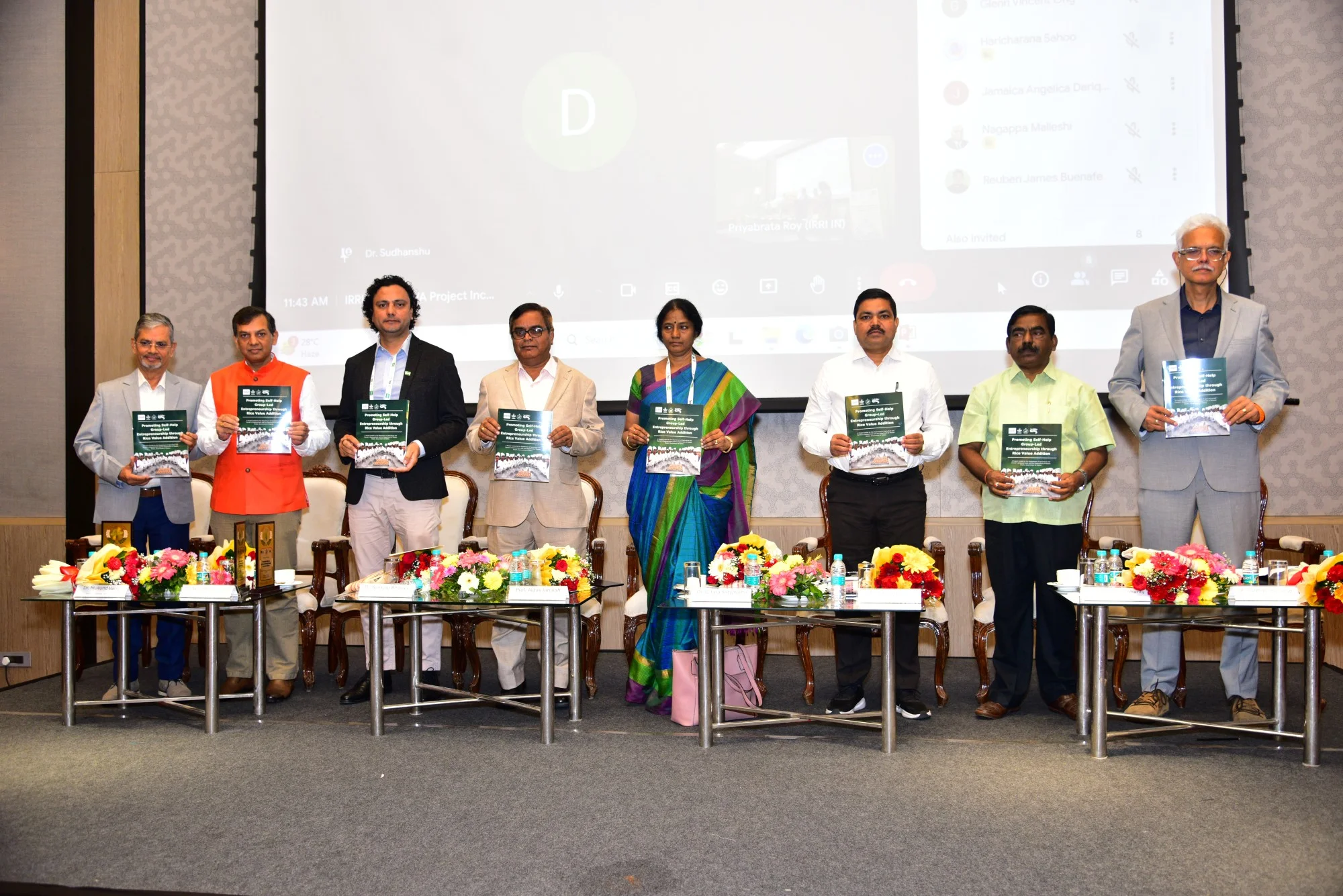
Background
Rice-based systems are essential for the livelihoods of many rural households, and there are significant opportunities to develop rice-based food products for income diversification. This project aims to identify premium rice varieties in Odisha, enhance farmer income through value chains, and empower Women Self-Help Groups (WSHGs) through branding and marketing.
Aligned with the Odisha Government’s Department of Agriculture and Farmers Empowerment and Department of Mission Shakthi, the initiative focuses on: (a) characterizing local rice varieties for nutritional quality and branding them for domestic and international markets, (b) promoting low glycemic index rice for premium pricing, and (c) developing ready-to-eat and ready-to-cook rice products to create sustainable businesses for WSHG federations.
We propose establishing a pilot plant and training facility for rice processing in collaboration with the Odisha Millets Mission to build the capacity of WSHGs and Farmer Producer Organizations (FPOs). The initiative will employ skilled women from trained SHGs at the facility, utilizing nutritious IRRI-bred rice varieties and byproducts like rice bran.
FPOs and WSHG members will be trained to produce low glycemic rice and various value-added products, leveraging advanced processing technology and effective marketing strategies. The project emphasizes sustainability and aims to replicate its model across the state, supporting 30 WSHG members in producing rice cookies and fostering women-led small businesses.
Objectives
The project aims to develop women Self Help Group (WSHG)-led small-scale food enterprises focused on value-added rice products in Odisha. It plans to combine milled rice with nutritious landraces and high-yield varieties to create appealing rice-based food items while utilizing rice by-products like broken rice and rice bran. Key objectives include:
- Identifying traditional rice varieties that can produce popular, value-added food products for both rural and urban markets.
- Establishing a pilot facility for rice and millet processing and providing training for WSHGs and Farmer Producer Organizations (FPOs) in Odisha.
- Promoting nutritionally enriched rice foods made from low glycemic index and pigmented rice.
- Supporting WSHGs in skill development, infrastructure, and business planning for diversified revenue from rice products.
- Branding and marketing Mission Shakti rice products in collaboration with private entities.
